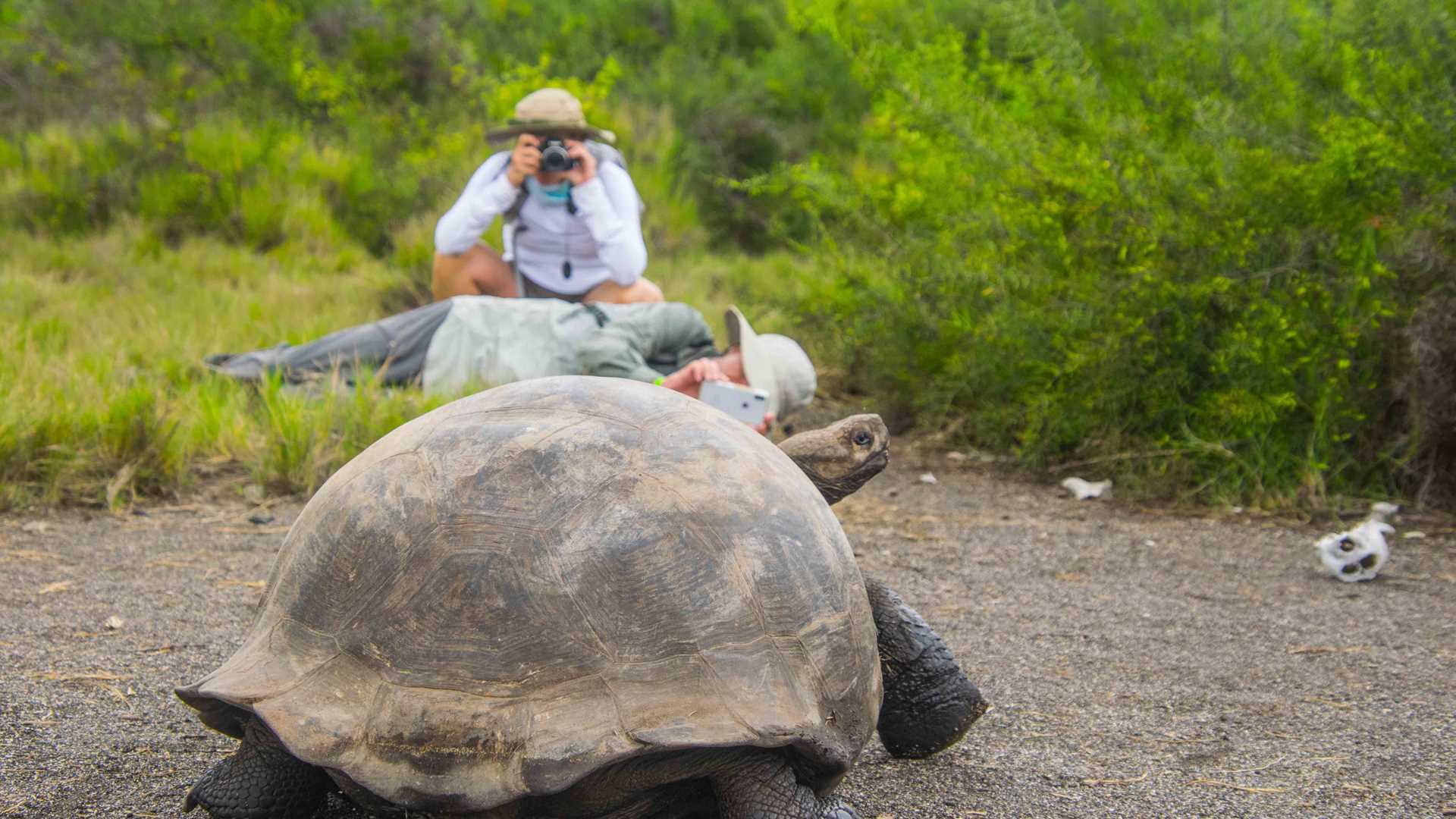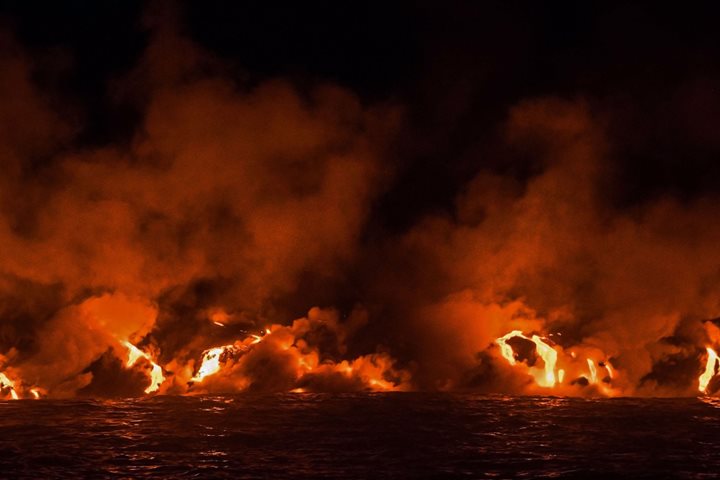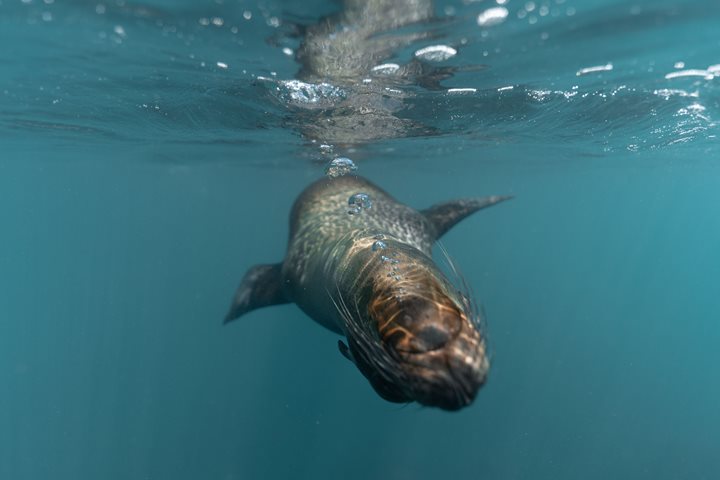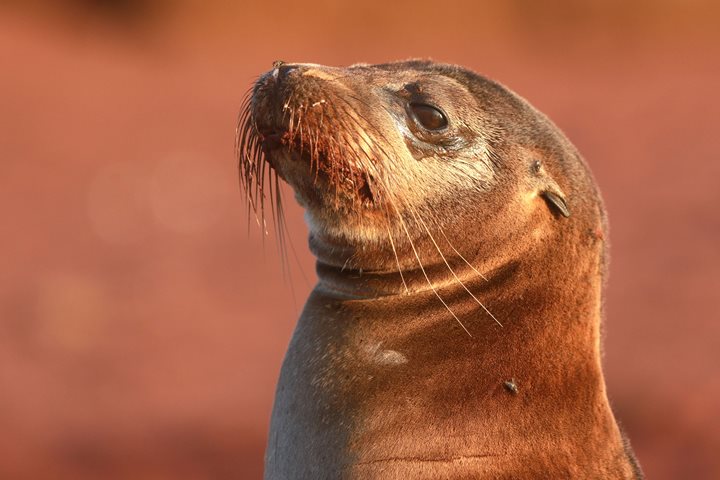Today we visited two amazing areas of Isabela Island: Urbina Bay and Tagus Cove. In the morning, we explored Urbina Bay, where we had a great time observing land iguanas and giant tortoises in their natural habitat. These wonderful trails also gave us the chance to observe some fascinating flowers and enjoy the songs of various species of finches. Later on, some of our guests had a great time swimming in the ocean while enjoying a great view of Alcedo Volcano, one of the six coalescing shield volcanoes that make up Isabela. After lunch, we had many options for exploring Tagus Cove, including snorkeling, kayaking, paddle-boarding, and hiking. We spotted Galápagos penguins, flightless cormorants, and the rare Galápagos martin, among many others. Another wonderful day in the magical western area of the Galápagos Archipelago.
- Daily Expedition Reports
- 02 May 2018
Urbina Bay & Tagus Cove, Isabela Island, 5/2/2018, National Geographic Islander
- Aboard the National Geographic Islander
- Galápagos
José Guerrero, Naturalist/Certified Photo Instructor
José Guerrero Vela is an Ecuadorian permanent resident of the Galapagos. His mother was born in the islands and his grandfather was one of the first generation of teachers in the Galapagos, which has always inspired him to promote education as the ma...
Read MoreShare Report
Related Reports
11/23/2022
Read
National Geographic Islander II
Isabela and Fernandina
Our day began with the chance to point out a lot of interesting geological features as we enjoyed Zodiac tours along a massive flank of Ecuador Volcano on Punta Vicente Roca. In the afternoon, we took a sunny walk on Punta Espinoza on Fernandina Island. We spotted many iguanas, and a bunch of sea lions hanging around, too.
11/22/2022
Read
National Geographic Islander II
North Seymour & Rabida Islands
Relatively small and low compared to neighboring Santa Cruz, North Seymour is located to the north of Baltra. The island is dry with predominantly low shrubs, like prickly pear cacti. The incense trees are bare during the dry season. Seabirds like frigatebirds and blue-footed boobies nest on the island, and sea lions rest on the sand when they are not fishing. Land and marine iguanas also live here. Rabida is in the middle of the archipelago and has a striking red sand beach. We observed a small colony of sea lions of all ages resting or nursing. Behind the beach, American flamingos nest in a brackish lagoon. This island is full of contrasts and wildlife that we enjoyed observing during this day of expedition.







